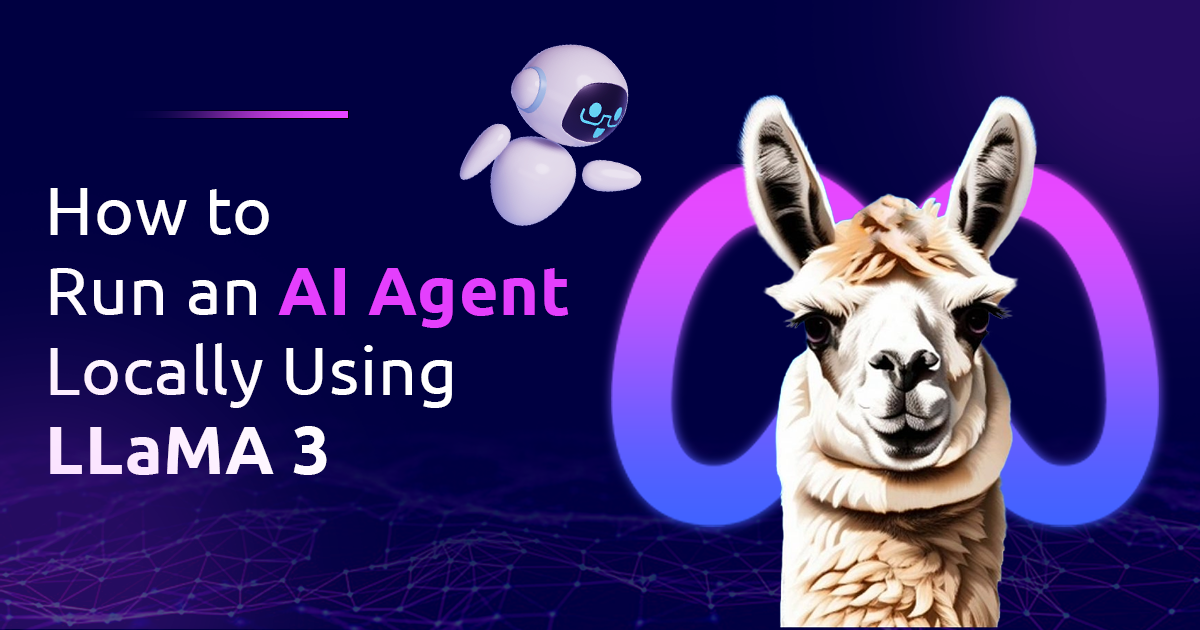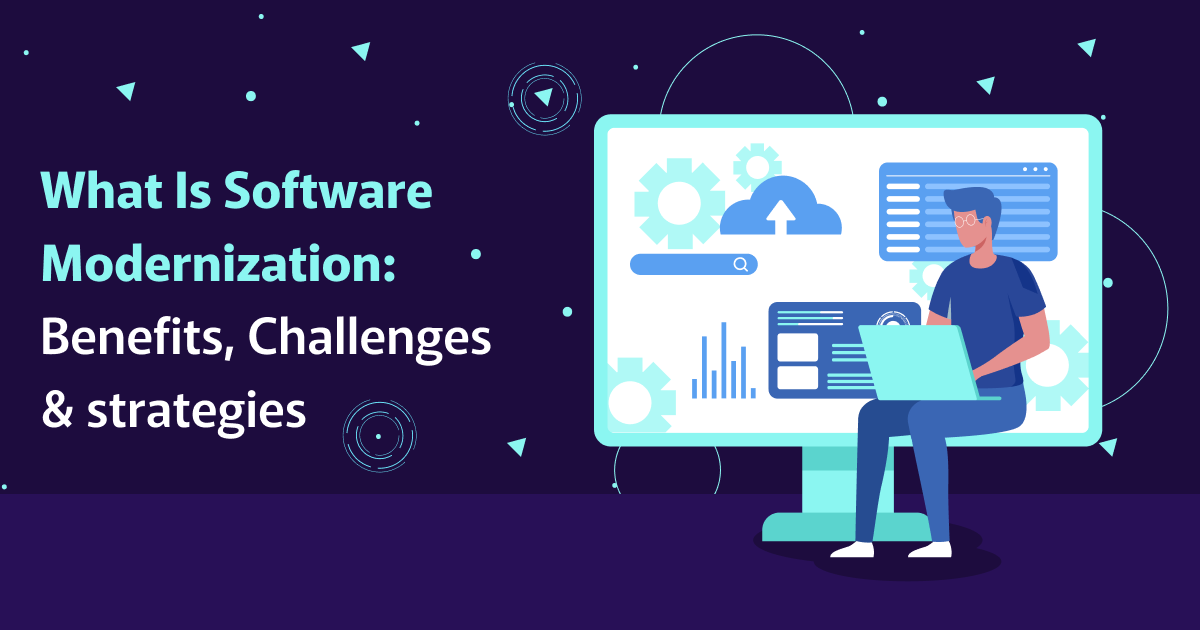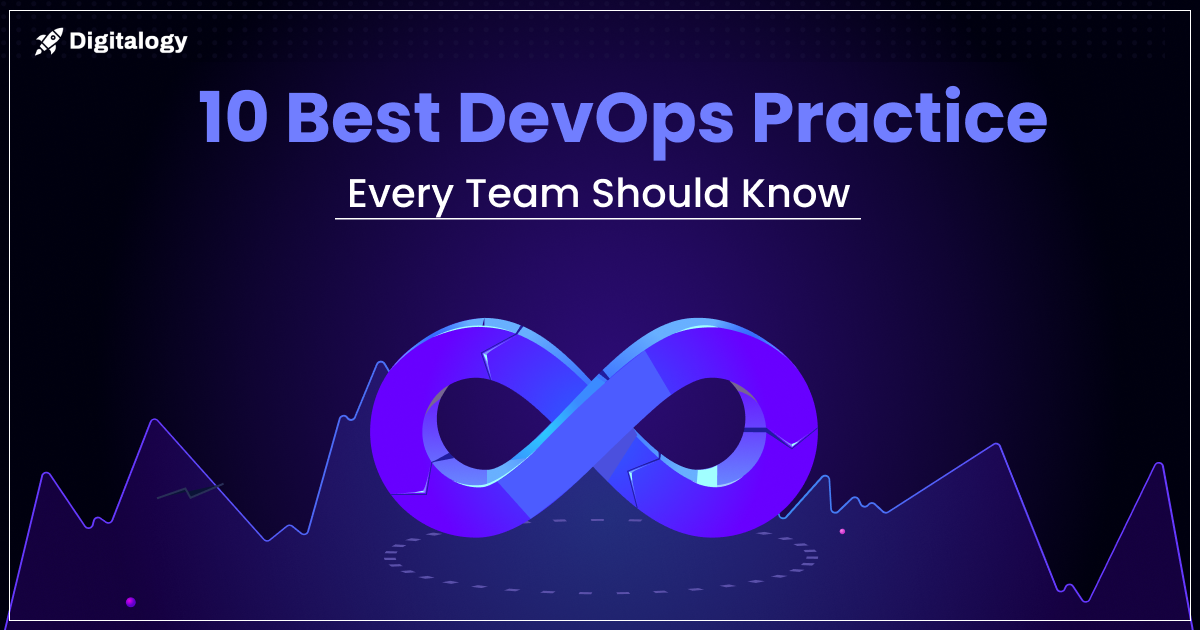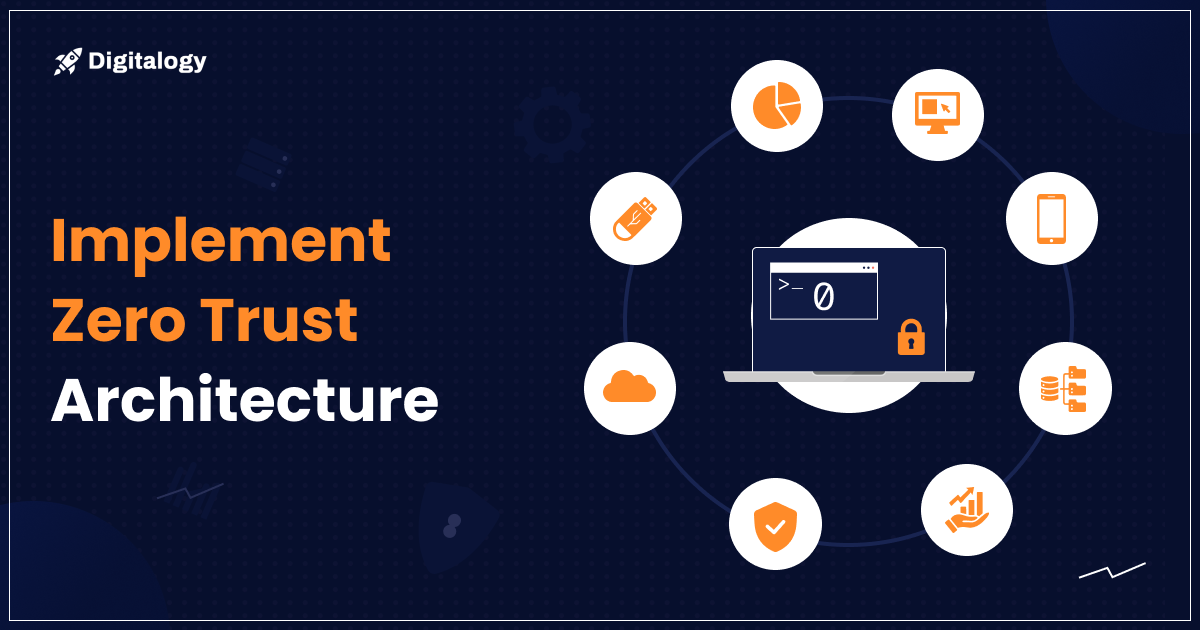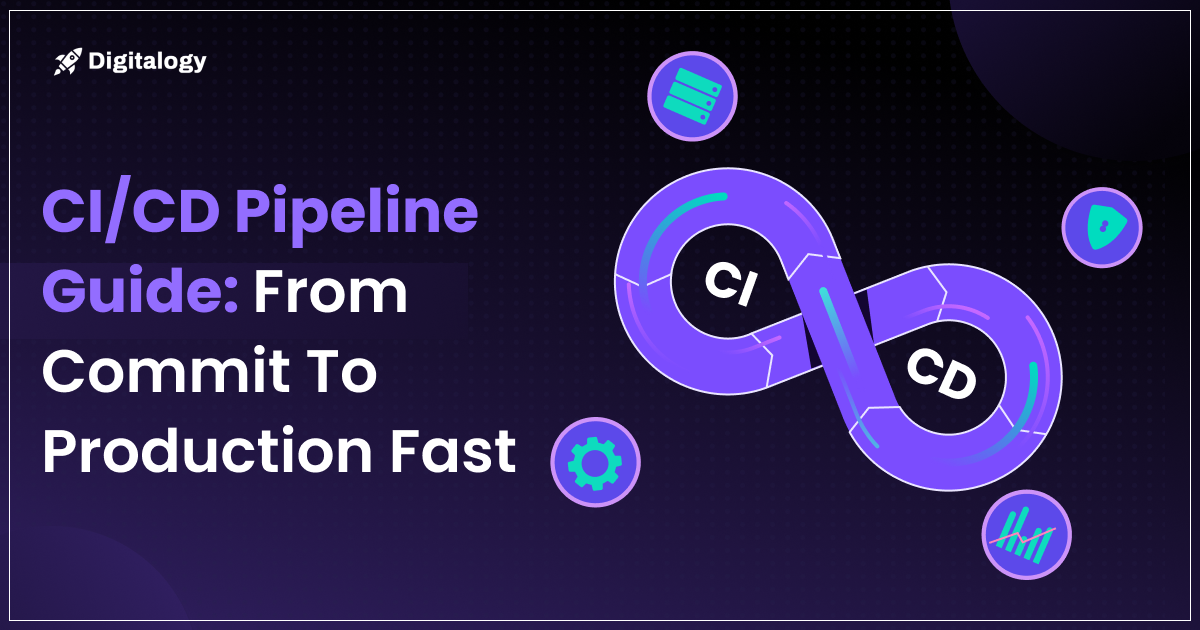Have you ever wondered what drives a company’s successful run in today’s market? Yep, it is the consumers! But how do the companies know what their consumers want? For this, large companies have turned to data warehousing tools. How well does a company capitalize on its data warehousing tool to directly study its consumers’ marketing strategies and sales?
Thus, it becomes crucial for a company to understand and monitor consumer needs and trends and work accordingly. For this, the companies leverage open-source data warehouse tools to record and transform data that can be used for analysis and draw meaningful insights. In technical terms, the storage of large amounts of heterogeneous data is called Data Warehousing (DW). Let us know more about this process.
What is a Data Warehouse?
A data warehouse is a database designed for storing huge amounts of heterogeneous data. All departments contribute to the data stored in a data warehouse. Data from departments, including financial, customer care marketing, and sales, is accumulated in a single centralized place called a data warehouse. It enables a company to consolidate and process data that is ready for analysis.
How Does a Data Warehousing Tool Work?
Data warehousing works on a simple process- Extract-Transform-Load (ETL). According to this process, relevant data is extracted from its source system. Following extraction, the data quality is fixed and transformed to ensure that the data is compatible to be used in an enterprise data warehouse. Finally, the data is loaded and ready to be monitored, analyzed, and studied for product enhancement and evaluation.
Why Do We Need a Data Warehouse?
In the consumer-centric world we live in, data warehousing has become extremely crucial for large and medium business operations. Apart from consolidating data from different sources, DW makes it convenient for managers to access the data. Companies use data warehousing tools for the following functions-;
- To acquire strategic and operational insights
- Expedite the decision-making and support systems
- Evaluate and measure the impact of marketing campaigns
- Analyze employee performance
- Monitor consumer trends and predict forthcoming business cycle
Best Data Warehouse Tools for 2025
- Google BigQuery

Big Query is a cloud-based serverless data warehouse tool offered by Google Inc. It stores large amounts of data and uses SQL-Structured Query Language, a computing language used to communicate with the database. It is efficient in drawing insights from the pool of collected data. It provides automatic transfer and complete access to the stored data.
| Pros | Cons |
| Streaming data can be analyzed in real-time to get up-to-date information. | BigQuery is complex. |
| It is cost-effective. | Operating BigQuery’s API requires coding skills, which might pose an issue to some users. |
- Amazon Redshift

Amazon Redshift is considered one of the most sorted data warehousing tools. As its name suggests, Redshift is part of Amazon Web Services, the company’s clouding platform. Amazon Redshift enables analysts to run queries within a matter of a few seconds. It keeps updating the pool of data by replicating data from failed drives and replacing nodes when required.
| Pros | Cons |
| Automates the administrative tasks including, monitoring, and scaling the data warehouse. | Amazon Redshift does not offer a multi-cloud solution; it is only available on Amazon Web services (AWS). |
| Allows users to run queries against unstructured data. Hence, it saves much time. | It is known to have issues with handling storage efficiently. |
- Oracle
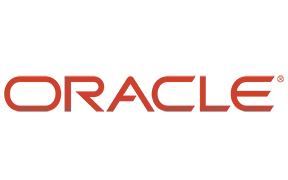
Oracle is considered one of the best data warehouse software; it optimizes storing, configuring, and scaling huge amounts of data to analyze and draw business predictions. It has numerous features, and users can make possible customizations. Its infrastructure is built for enterprises that are looking for higher-performance computing with easy integration into the cloud.
| Pros | Cons |
| Its feature- Hi-Speed connection allows users to move huge amounts of data quickly and efficiently. | It is a bit more costly than others in the market. |
| It works seamlessly with Windows and Linux platforms. | Its operation is complex, and a Database administrator who is relatively a beginner might find its configuration a bit more complicated than others. |
- Flexter by Sonra

Flexter by Sonra is a pioneering XML converter that excels in converting XML to a staging layer in a data warehouse or a data lake.
Unlike traditional and manual coding approaches, Flexter automates the conversion process of XML to a relational format. It excels at effortlessly handling XML files shared across various sectors, ensuring reliable extraction of valuable information and storing it in data warehouse platforms, such as Snowflakes.
Let’s explore the key advantages and considerations of Flexter in the context of data warehousing :
| Pros | Cons |
| 1. Flexter employs advanced techniques for accurate and precise extraction of data from complex XML files, ensuring reliability in the conversion process. 2. Flexter can handle very large volumes of XML documents and also very large XML files. 3. With Flexter you eliminate the risk of running over budget or risking failure of the conversion project. Install and configure Flexter and data analysts and decision makers can consume the data instantly. 4. You can streamline the cleaning, processing, and analysis of XML data, Flexter facilitates quick insights and pattern identification. 5. You can seamlessly integrate it into data warehouse and data science workflows, Flexter enhances interoperability, making it an indispensable tool for data professionals. 6. Flexter adapts to various project scales, catering efficiently to both small to medium-level conversions and large-scale enterprise needs. 7. It also offers a free version, making it an accessible choice for small to medium-sized XML conversions, providing a cost-effective solution. | 1. Although it has a free version, you cannot convert super complex XML through the free version. But it’s good for you if you want to have an idea of what this tool can bring to the table. |
- Snowflake

Snowflake is a data cloud platform that provides warehousing services for structured and semi-structured data. The architecture of Snowflake allows storage and computation to scale separately. It provides data scientists, business intelligence, and, analytic professionals who seek data-driven decision-making. It provides access to more than 375 live-ready to-query data sets from data service providers.
| Pros | Cons |
| Its cloud has an elastic nature, which means a large amount of data can be stored, and multiple queries can run simultaneously. | Snowflake is expensive when compared to other data warehouses. |
| The unique feature is that combined structured and semi-structured data can be loaded into the cloud database without transforming into a fixed category. |
- Microsoft Azure
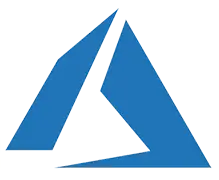
Microsoft Azure is a data warehouse service offered by Microsoft Office. It has built-in features that memorize app designs and enhance performance, reliability, and data protection. Microsoft Azure has other defining features that allow users to move, copy, and analyze data using Azure Data Factory and Azure Synapse.
| Pros | Cons |
| It moves large databases and scales up to 100 terabytes. | Although the features offered by the warehouse tool is automated, it does require platform expertise. |
| The data uploaded is secure. |
- PostgreSQL

PostgreSQL is a popular open-source data warehouse tool that stores, integrates, and analyzes data using its built-in features and analytics tools. Procedures and functions can be created in multiple languages. (PL, pgSQL, PL/python, etc.) It serves as a low-cost, straightforward, and efficient data warehousing solution.
| Pros | Cons |
| Combine PostgreSQL with external tools and applications for data mining and reporting. | PostgreSQL does not provide any feature regarding data compression, which hinders studies and performances. |
| PostgreSQL has consumer-driven data types and functions. | It does not include machine learning features. |
| It is easier to use. |
- SAS

SAS software is statistical software for data management, advanced analytics, business intelligence, predictive analysis, and multivariate analysis. SAS data warehouse allows users to store different and huge amounts of data and transform it into a comprehensible format. Data managed using SAS gives the users the benefit of accessing the data remotely without any hassles.
| Pros | Cons |
| Ability to transform complex data into simpler forms. | SAS is not one of the open-source data warehouse tools and is available only in the licensed version. |
| It has an in-built Quality Knowledge Base (QKB) that stores data and performs operations. | |
- Xplenty

Xplenty is a data warehousing platform that connects multiple data sources, including SQL and NoSQL databases and cloud storage. At the click of a mouse, Xplenty empowers users to consolidate and manage a variety of data. It is beneficial for anyone who requires a single platform for the integration of data.
| Pros | Cons |
| It integrates with a variety of tools, especially for data analytics, logging, and visualization. | Operational problems can occur as data is extracted from all sources at once. |
| It offers the ability to schedule and run your data processes. | Difficulties in adopting Xplenty. |
- Azure Synapse Analytics

Azure Synapse Analytics combines data integration, big data analytics, and enterprise data warehousing. It draws powerful insights from all data and uses machine-learning tools for apps. Azure reduces project development time by providing an end-to-end analytics solution.
| Pros | Cons |
| With the help of recent data from operational systems, Azure provides clarity for your business. | It does not allow SQL users to perform admin tasks as it requires T-SQL. |
| The data stored is fully secured with recent privacy and security features in the market. | It does not work efficiently against NoSQL. |
- Teradata Vantage
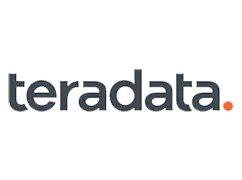
Teradata Vantage is a cloud analytics platform that includes everything from analytics to data lakes, data warehouses, and new data sources. It offers a solution designed for businesses of multiple sizes and provides insightful analytics. It offers linear scalability when dealing with large volumes of data by adding nodes to enhance the system’s performance.
| Pros | Cons |
| It supports SQL to interact with data stored in tables. | It is costly, especially for small businesses. |
| It can distribute data to the disks automatically without any manual intervention. | Its installation takes a lot of time. |
- IBM DataStage

IBM InfoSphere DataStage is a data integration tool that extracts, transforms, and loads data from the source system to the target system. It leverages a parallel framework either on-site or on a cloud, allowing users to integrate data from multiple enterprise systems. It works efficiently with Big Data and Hadoop. It allows users to manage metadata management and enhance business connectivity.
| Pros | Cons |
| It transforms complex data without writing code. | Its web development environment is limited. |
| It offers 100% visual development, is operational, and monitors the environment. | There is no automated recovery mechanism or error handling system. |
- Panoply

Panoply is a cloud data platform that enables users to sync, store, and access their data. It provides end-to-end data management by automating all tasks related to data preparation. It provides quick insights by eliminating the coding and development required to integrate, manage, and transform data. It optimizes complex data making it easier to gain insights.
| Pros | Cons |
| Data integration is easier with point-and-click effort. | It requires more user control. |
| Scaling and maintaining Panoply data warehouse is easier as compared to other data warehouses. | It lacks variety in its visualization tools. |
- SAP Data Warehouse Cloud

SAP Data Warehouse Cloud is an analytic and consumer-centric data cloud for small and large businesses. It is created on the in-memory power of SAP HANA Cloud, which integrates SAP and non-SAP data to provide real-time insights and offers an enterprise-ready data warehouse with end-to-end functionality. It provides open and scalable solutions with data security and governance functionalities.
| Pros | Cons |
| It has strict security authorization protocols. | It has a higher running time for query execution. |
| It allows colleagues to collaborate through virtual workspaces so you can use the same data sets and share insights with other stakeholders. | It can trim only metadata and not the posted data. |
- Informatica

Informatica is an ETL tool from Informatica Corporation used for data integration and management to draw business insights. The repository stores the metadata information. Metadata information includes the information stored in the target systems, source systems, and transformations. Informatica empowers users to build and design a data warehouse according to their needs and connect it to multiple sources and targets to extract, transform, and load the data into target systems.
| Pros | Cons |
| It offers access to a wider selection of enterprise information sources. | Tool management is a bit complex with Informatica as users. |
| It has efficient GUI (Graphical User Interface) interfaces for administration, job scheduling, debugging, etc. | It lacks checkpoints or any data viewer type functions without creating an entire mapping and workflow. |
- MarkLogic

MarkLogic Data Hub service integrates and curates enterprise data to deliver immediate business value. The organization of documents across collections and metadata is useful. MarkLogic’s strength lies in storing multiple forms of data, including semantic graphs and location data. It helps in drawing relatable views for SQL analytics results. The REST abilities are advanced, and it works efficiently with XQuery.
| Pros | Cons |
| MarkLogic needs to help customers find ways to leverage their investment and be more creative in their product usage. | Licensing costs are a major limitation as the costs of the most advanced features and verticals are more than others. |
| It has a low subscription cost with swift analytical processing for all users. | Licensing costs are a major limitation as costs of the most advanced features and verticals are more than others. |
- Tableau

Tableau can connect to multiple data warehouses that enable developers to stack data throughout their visualization. It has a simple interface connector that works efficiently with large databases. It is calculative speed sets it apart as compared to other business intelligence tools on the market. It works faster than others.
| Pros | Cons |
| It requires less infrastructure to manage. | Tableau’s pricing is inflexible for a case-by-case approach, making it costly for its users. |
| Access to data is integrated within a single location. | Tableau requires proper staff training and maintenance of warehouses, and all this costs a considerable amount. |
Final words
In the end, we see how crucial it is for businesses to use data warehousing tools. We have seen some of the best examples of data warehouse automation tools. Choosing the best data warehouse tool depends on the size of the data uploaded and the number of queries being run to manage and monitor data. Similarly, you can choose yours depending on the company data and queries you want to run.


